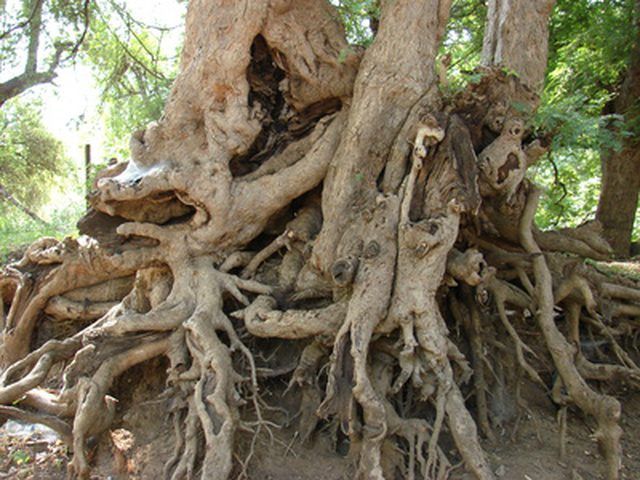Bulbs
Flower Basics
Flower Beds & Specialty Gardens
Flower Garden
Garden Furniture
Garden Gnomes
Garden Seeds
Garden Sheds
Garden Statues
Garden Tools & Supplies
Gardening Basics
Green & Organic
Groundcovers & Vines
Growing Annuals
Growing Basil
Growing Beans
Growing Berries
Growing Blueberries
Growing Cactus
Growing Corn
Growing Cotton
Growing Edibles
Growing Flowers
Growing Garlic
Growing Grapes
Growing Grass
Growing Herbs
Growing Jasmine
Growing Mint
Growing Mushrooms
Orchids
Growing Peanuts
Growing Perennials
Growing Plants
Growing Rosemary
Growing Roses
Growing Strawberries
Growing Sunflowers
Growing Thyme
Growing Tomatoes
Growing Tulips
Growing Vegetables
Herb Basics
Herb Garden
Indoor Growing
Landscaping Basics
Landscaping Patios
Landscaping Plants
Landscaping Shrubs
Landscaping Trees
Landscaping Walks & Pathways
Lawn Basics
Lawn Maintenance
Lawn Mowers
Lawn Ornaments
Lawn Planting
Lawn Tools
Outdoor Growing
Overall Landscape Planning
Pests, Weeds & Problems
Plant Basics
Rock Garden
Rose Garden
Shrubs
Soil
Specialty Gardens
Trees
Vegetable Garden
Yard Maintenance
Capillary Action of Water in Plants
Capillary Action of Water in Plants. All plants need water to survive, from the thick jungle ferns to the lonely desert cactus. Almost all plants get their water by spreading roots out in to the ground to absorb the water in the soil up in to the plant, so that it can reach all portions of the plant. Without the wondrous natural effect of capillary...

All plants need water to survive, from the thick jungle ferns to the lonely desert cactus. Almost all plants get their water by spreading roots out in to the ground to absorb the water in the soil up in to the plant, so that it can reach all portions of the plant. Without the wondrous natural effect of capillary action, plants, along with many other organisms, would not be able to get water to all portions of their bodies and they would die.
Overview
Plants consist of four main parts: roots, stem, leaf and flower. The roots have the responsibility of absorbing water and the nutrients dissolved in it, and getting it to the rest of the plant. The thin roots suck the water up out of the soil, which is then drawn up into the stem of the plant. From there it travels to the leaves and flowers where it is utilized and then evaporated off.
Cohesion
Cohesion, according to Encyclopedia.com, is the attractive force that something exerts to hold together the atoms, molecules and ions of a single body. Basically, adhesion is something sticking to itself, in the way that water does. Cohesion is the reason that water forms in droplets and puddles when it is spilled, instead of spreading out in a thin sheet. The water molecules are attracted to one another and thus they stay together.
Adhesion
According to Encyclopedia.com, adhesion is the attractive force that one object exerts on another or other objects. Adhesion is used all around us, especially in tapes and glues. Glues adhere one thing to another and tape adheres to other objects, usually used to bind two objects together. Water molecules adhere to other material, such as when a droplet of water is hanging from the shower or an awning and will not fall; the adhesive force the water possesses is stronger than the force of gravity.
Capillary Action
Capillary action is the force that allows the roots and the stem to absorb the water up in to themselves, against the force of gravity. Capillary action is made possible because of the adhesive and cohesive properties of water. As the Iowa Wet project points out, you can view capillary action by placing a straw in water. The water "climbs" up the straw, because the water is attracted to the straw and to itself, so when the first molecule enters the straw, it drags along the second, which drags along the third, and so on.
Example
To test capillary action, you can run a simple experiment at home. Place a white carnation in a glass of water that has been dyed with food coloring, the color of the dye is unimportant, but dark colors like a dark red or black work best. Let the carnation sit in the water overnight. In the morning, the white petals of the carnation will have begun to change to the color of the water. This is because the colored water has risen in to the flower through capillary action and the dye has remained in the cells of the petals.